This originally appeared as Chapter 7 in the 1993 Brookings Institution Press book, Values and Public Policy. Authored by nominee for chairman of the Federal Reserve, Janet Yellen, and her husband, Nobel Laureate George Akerlof, we wanted to make it available online.
Between 1960 and 1990 crime rates in the United States increased dramatically: murder rates rose from 5.0 to 9.4 per 100,000; aggravated assaults increased from 85 to 424 per 100,000; and auto theft was up from 182 to 658 per 100,000. The response to this upsurge has been increased law enforcement activity, with the incarceration rate more than doubling. Has this policy been the correct response? Are there policy alternatives that have not been adequately pursued? The “bricks-and-sticks” approach to crime ignores the possibility that changing community attitudes toward crime and law enforcement play a role in the current crime wave and that the proper response must involve a conscious attempt to alter those values. This essay focuses on the role of community values in controlling crime. Community cooperation with local police is essential to law enforcement. Community members decide to cooperate either with the police—since the criminals have violated their values—or with the criminals, if the legal authorities represent an untrusted, alien culture, and the criminals are capable of nasty reprisals. Two conclusions follow from our analysis of the role of community values in deterring crime. First, we stress that manipulation of social values is as important in the control of crime as harsh punishments and high public expenditures for police. Second, we argue that these traditional approaches to crime control may prove counterproductive in the long run if they undermine community values.
The bricks-and-sticks approach to crime and punishment stems naturally from the economic theory of crime developed by Gary Becker. Becker’s seminal article provides a framework for answering basic questions: how many resources should be devoted to law enforcement? What should be the form and severity of punishments? How much crime will occur? To answer these questions, Becker developed what later became known as a principal-agent model to characterize criminal activity. The principal-agent approach has proved a productive way of understanding outcomes in a number of relationships in which one person or group (the principal) sets incentives to which another person or group (the agent) responds. Some examples are manager as principal/worker as agent; share-holder as principal/CEO as agent; voter as principal/congressman as agent; there are many others. In crime, the agent is the criminal, whose offenses are an optimal response to the incentives set by the government—the principal. The government determines the penalties imposed on offenders who are apprehended, and the intensity of the law enforcement effort determines the probability of apprehension.
In crime and punishment, as in all other situations involving principals and agents, the outcome depends on who knows what about whom. Becker’s analysis implicitly assumes that police detect criminal activity with a probability dependent on law enforcement effort or “monitoring expenditures” for short. However, in reality, police do not operate in a vacuum; in solving crimes they rely greatly on tips from civilian observers. In fact, the major deterrent to crime is not an active police presence but rather the presence of knowledgeable civilians, prepared to report crimes and cooperate in police investigations. As Jane Jacobs has emphasized, crowded city streets are safe city streets, because busy streets are full of observers. This chapter focuses on the fact that crime occurs in a social setting where the incentive of community members to cooperate with the police depends on the behavior of the criminals, and criminals in turn act so that community members will not reveal what they know. Thus, the principal-agent relationship between government and criminal is complicated by the presence of a third party—the community. We build a model that we use to analyze the implications of these interactions for the level of crime and policies to control it.
The “bricks-and-sticks” approach to crime ignores the possibility that changing community attitudes toward crime and law enforcement play a role in the current crime wave and that the proper response must involve a conscious attempt to alter those values.
Becker assumes that criminals take the odds of detection as determined by factors outside their control, such as the monitoring effort of law enforcement officials. In contrast, we assume that criminals know that the chance of being detected depends both on law enforcement monitoring and on the behavior of the community— and that they can influence the community. This logic has little impact on isolated criminals, who know that their individual behavior has little effect on the community one way or another. But for youth gangs (or organized crime) the interaction is more important. These groups control territory and the openly committed crime within their neighborhoods. They thus have an incentive to control their activity in order to dissuade community members from cooperating with the police. Our focus, therefore, is on gangs, whose members are responsible for a substantial share of inner-city crime, and who manipulate their community’s willingness to report crime to their own advantage.
We describe a scenario, increasingly common in American inner cities, in which crime is limited primarily by the (rational) reluctance of gang members to alienate their communities: the police lack control in the sense that community members are unwilling to cooperate. Nevertheless, monitoring and penalties have an indirect effect on crime. Our model points to the necessity for strong community norms against crime. Indeed, we show that in the absence of sufficiently strong norms, there is the frightening possibility that crime will increase indefinitely. This result will occur if community tolerance for local crime rises and community cooperation with the police erodes as the level of crime in society at large rises. Our entire approach thus emphasizes the role of community norms and the legitimacy of the judicial system.
The discretionary role of outside observers in offering or withholding cooperation from the “principal” has been described in similar contexts. Gerald Mars gives numerous examples of “fiddles” with a large number of observers. For example, Newfoundland dockers cause “accidents,” which spill out the contents of containers. The workers appropriate the goods, while the supervisors, who share in the loot, look on. More generally. Jean Tirole shows how coalitions among agents and informed observers, supported by side payments, may arise in an organization to manipulate the information received by the principal. We develop a model with a similar coalition between gangs and the community to conceal information from the police. The community conceals information to avoid retaliation and because they are more sympathetic to the gangs than to the police. The gang “bribes” the community by limiting the scope of violence and protecting the community from outside gangs. The willingness of local residents to reveal information to the police, we shall argue, depends partly on the behavior of the local gang but importantly also on the legitimacy of the police in the community.
We begin by describing the behavioral building blocks of the model: the motives of gangs, members of the community, and the government. We then formalize this discussion and describe the possible outcomes in the short run, in which norms and values are fixed. Finally, we discuss long-run outcomes in which norms and values are shaped by past history and the determination of a gang size and territory. An appendix presents the mathematical details of the model.
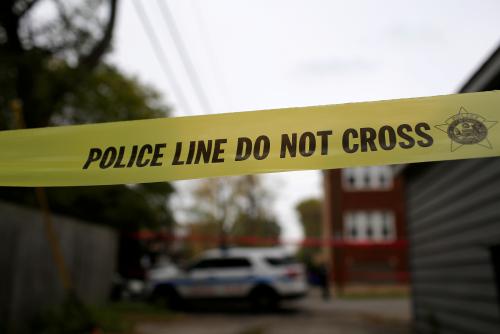
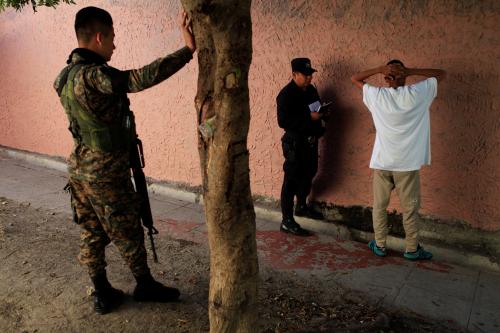
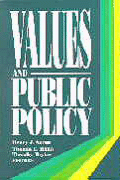

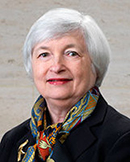
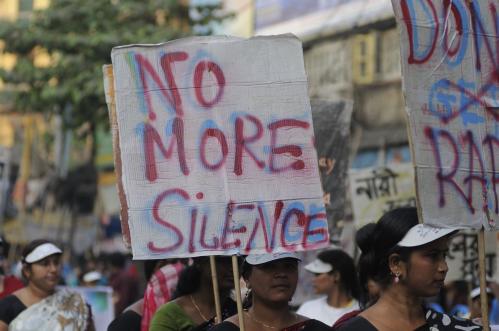
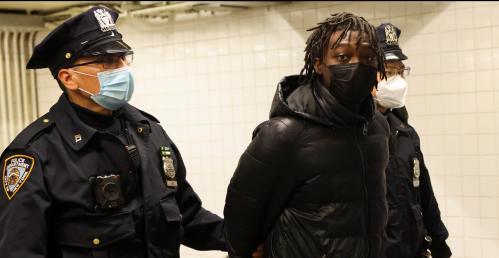

Commentary
Gang behavior, law enforcement, and community values
October 11, 2013